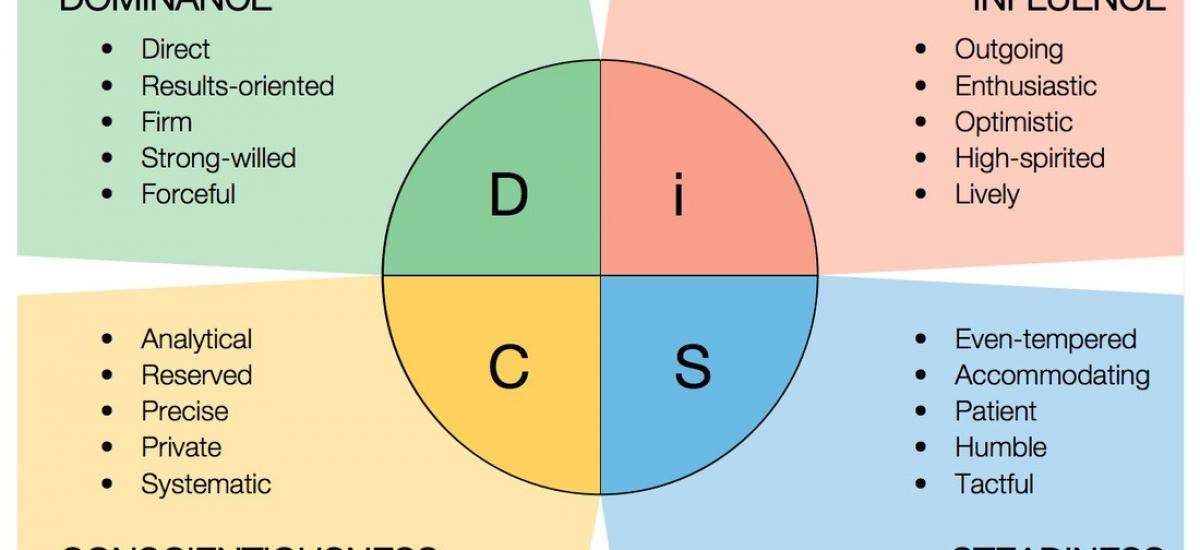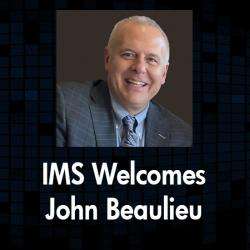What is DiSC?

William Moulton Marston, a physiological psychologist with a Ph.D. from Harvard, introduced the DiSC Behavior Model in his 1928, Emotions of Normal People. In the book, he introduced his theory on the impact that human emotions have on behavior and how behavior may change over time. His goal was to identify practical explanations that would help people understand behavior and how to better relate with others.
He identified four primary types of behavioral express of emotion: Dominance, Inducement, Submission and Compliance.
Over time, others used Marston’s work to further develop his theory and build assessment tools (or personality profiles tests). The first tool, developed by Walter V. Clarke in 1948, was intended to help businesses with personnel selection. Clarke’s model was used John Geier, Ph.D. to create a new assessment tool, and he formed a new company (Performax) that would eventually become Inscape Publishing, which launched new assessments and tools, including The Everything DiSC product family.
DiSC assessments are a trusted learning instrument being used worldwide in numerous training and coaching applications, including business development and performance improvement. These assessments help people understand behavioral differences and how to adapt their own behavior to work better with others.
One provider of DiSC assessments defines the letters of DiSC as follows:
- Dominance: Person places emphasis on accomplishing results, the bottom line, confidence. Common behaviors include: sees the big picture, can be blunt, accepts challenges, gets straight to the point.
- Influence: Person places emphasis on influencing or persuading others, openness, relationships. Common behaviors include shows enthusiasm, is optimistic, likes to collaborate, dislikes being ignored.
- Steadiness: Person places emphasis on cooperation, sincerity, dependability. Common behaviors include doesn't like to be rushed, calm manner, calm approach, supportive actions.
- Conscientiousness: Person places emphasis on quality and accuracy, expertise, competency. Common behaviors include enjoys independence, objective reasoning, wants the details, fears being wrong.

DiSC Assessments are learning tools that help people assess to what degree they utilize each dimension of behavior in a situation. The tools then provide personalized feedback designed to assist your organization:
- Build productive teams
- Increase employee engagement
- Develop effective managers
- Train a powerful sales force
- Improve customer service
- Ease frustration and conflict
- Develop leaders at all levels in the organization
Many organizations use DiSC to establish a common language, illuminating the way for successful training and coaching applications. Detailed, personalized information helps people apply DiSC learning to specific business situations, including sales, leadership development, customer service, and conflict resolution. More information and other resources can be found here:
- Everything DiSC Manual
- DiSC Overview
- Free Sample Reports
- Free Research Reports
- Wikipedia – Personality Tests
Article written by Donna Baldino, Global Account Manager at IMS.
Share This Article
Categories
Latest Posts

Philadelphia 2026: Is Your Venue Ready for the Spotlight?

Scalable AV Infrastructure for Life Science Enterprises

Extend Your Reach: The Power of Virtual and Hybrid Events

Why Every Detail Matters in Investor and Year-End Meetings

IMS Technology Services Welcomes John Beaulieu
Tags
Contact Us
- Headquarters: 3055 MCCANN FARM DRIVE, GARNET VALLEY, PA 19060
- Event Staging: 2000 COLUMBIA AVENUE, SUITE 300, LINWOOD, PA 19061
- Southeast Office: 404 SUNPORT LANE, SUITE 350, ORLANDO, FL 32809
- Phone: + 610-361-1870
- Contact Us
Services
Recent Posts

Philadelphia 2026: Is Your Venue Ready for the Spotlight?

